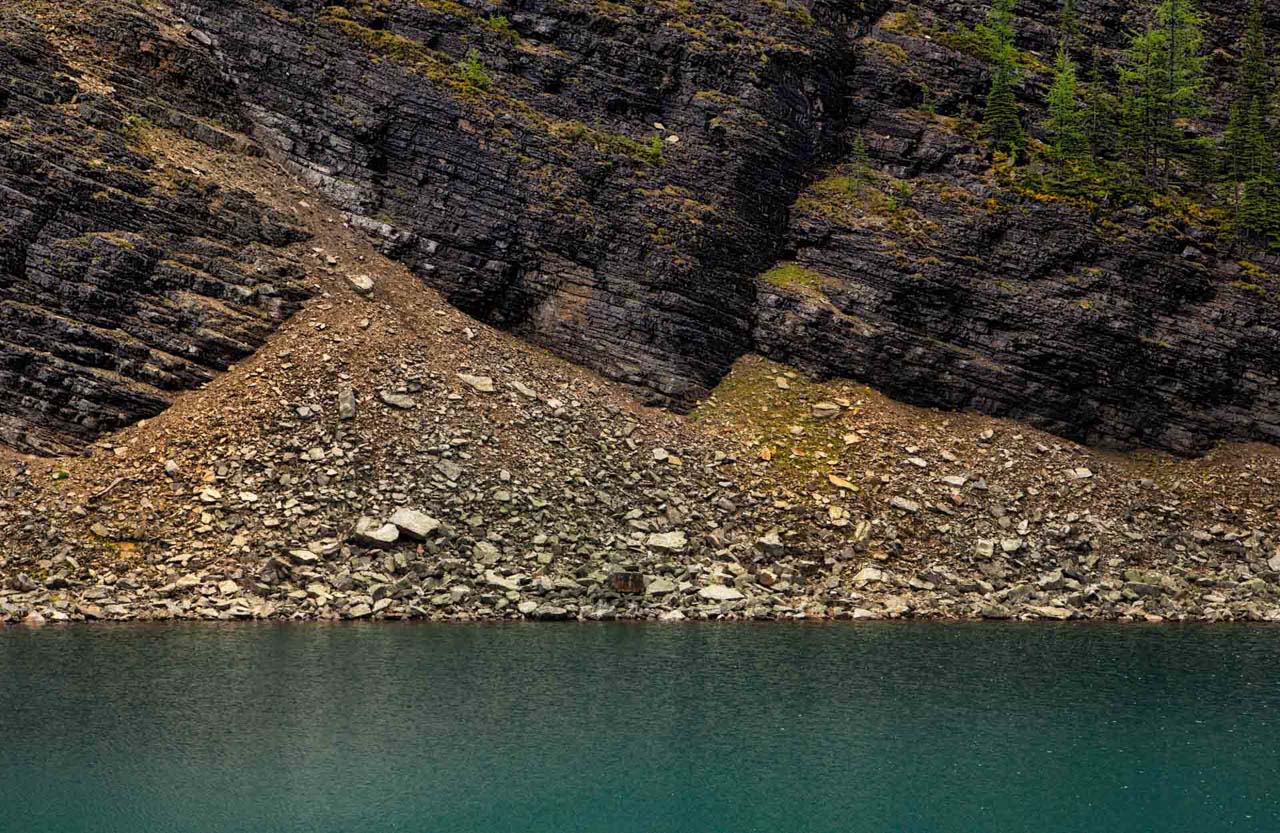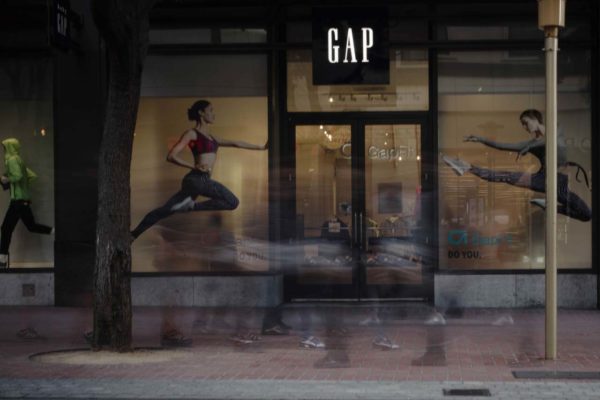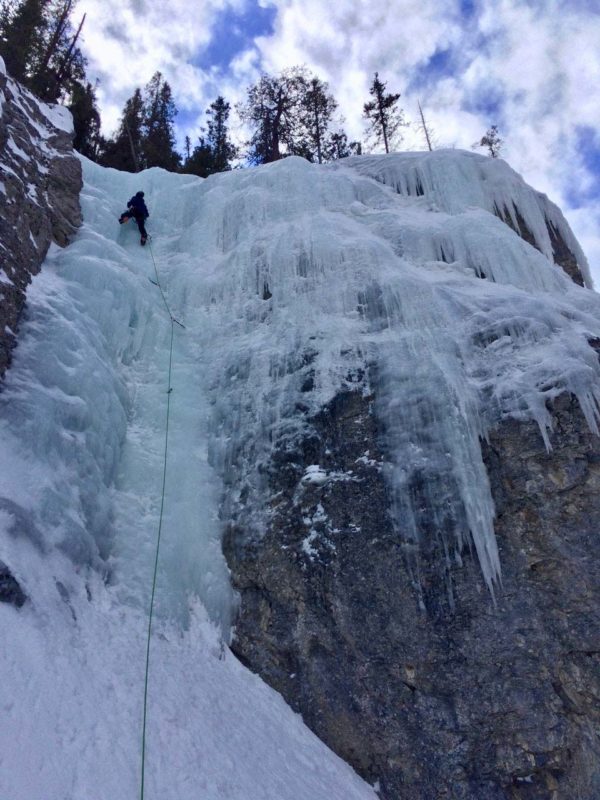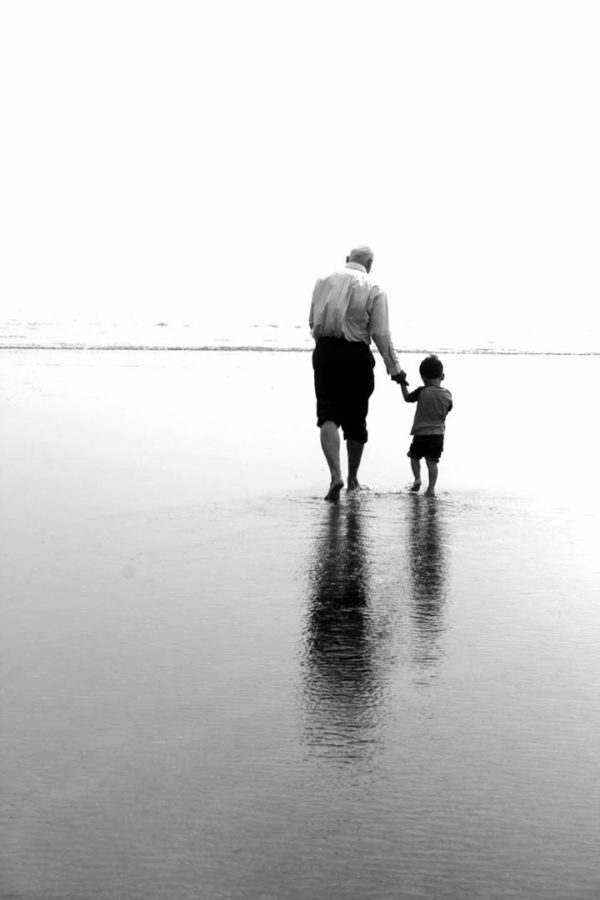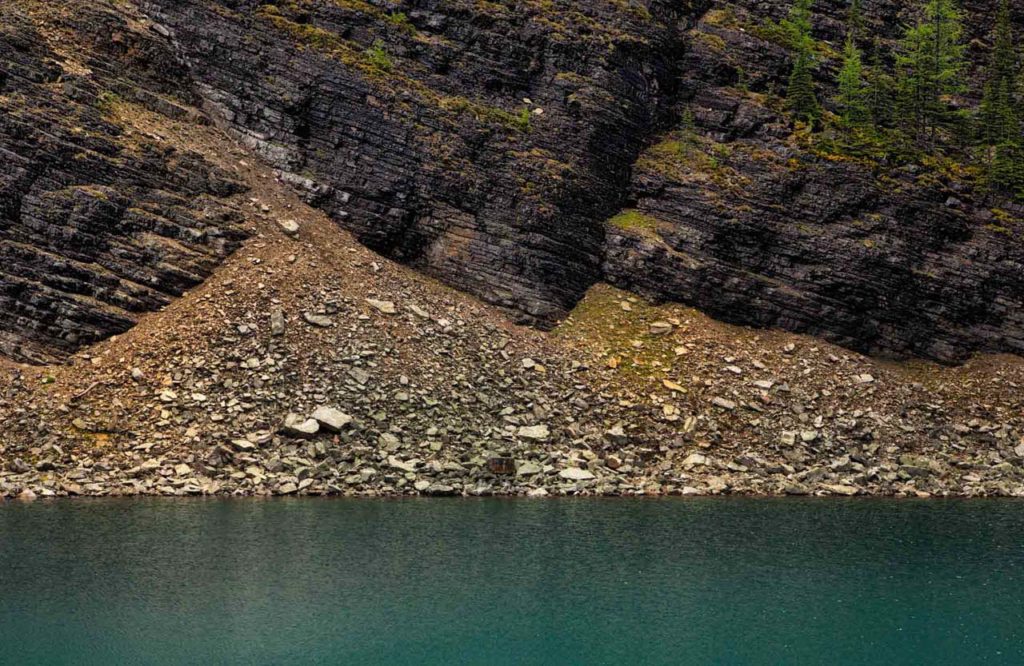
Additive art
Photographic art is often compared to painting. Technical comparisons often draw parallels on the over-abused rules of composition, perspective and scale. Pictorialist photography is even more similar to painting, not only in technical terms, but also in the aspects of look and feel. Both the mediums are created on a 2-dimensional plane that strives to create an illusion of depth to draw in the viewers eye. While the end result of both photography and painting may be similar, the process of creating these two art forms are very dissimilar. Photography is a subtractive art as opposed to painting, which is an additive art.
Substractive art
A subtractive artwork, such as photography, is created by removing of unwanted elements and focusing on the subject matter and supporting elements. All the distractions are removed or subdued, which in turn helps to accentuate the subject matter in focus. In this respect we can compare photography to sculpting. As Michelangelo said, there is a sculpture waiting to be revealed in every piece of rock. It’s just a matter or removing the superfluous matter. Similarly, there is a photograph in every scene we look at, we just have to remove the unwanted elements and focus on the subject.
Learning to look at a complex scene and distill its essence in as few elements as possible is a crucial aspect of creating photographic art. There is no magic number of elements, but I would like to ball park around number three. As it is commonly said –
Once is an chance, twice is a coincidence and thrice is a pattern.
A spin on Ian Fleming’s quote
And photography is all about learning to see and finding patterns in a complex scene. Once you master the art of seeing, then portraying what you see (your vision) is just a matter of highlighting the subject matter using the oft reported tools and techniques that we find in photography literature – composition, proportions & scale, depth of field, perspective, contrasts, blur, etc.
In this respect, a photograph is first seen in our minds eye (Vision) and then created. And it is indeed fascinating to look at it this way: seeing first, creating later.
